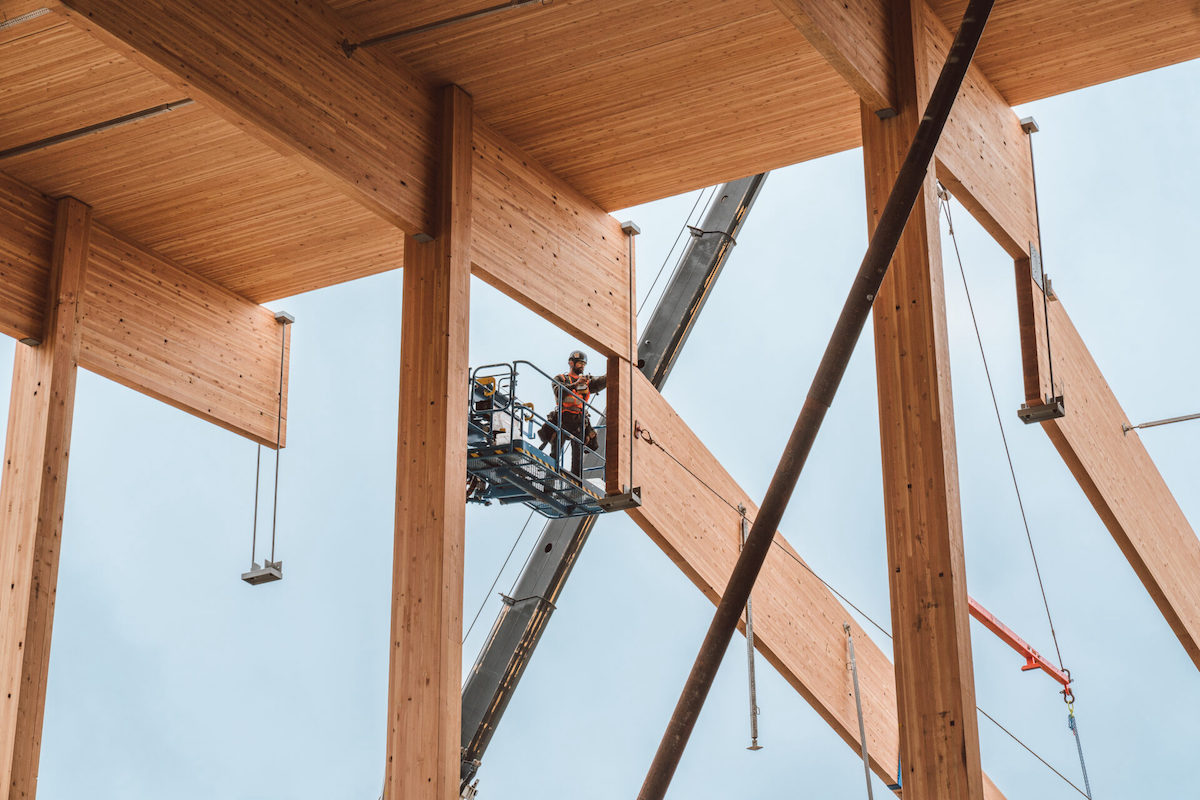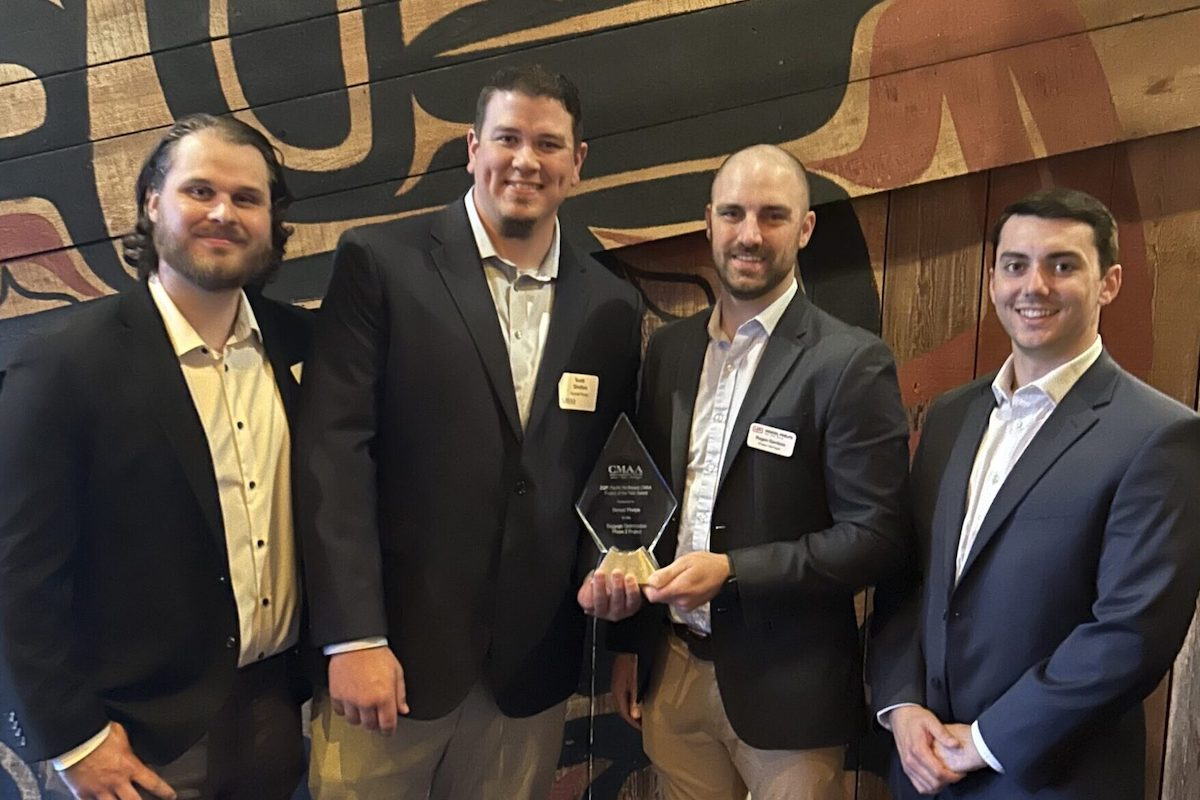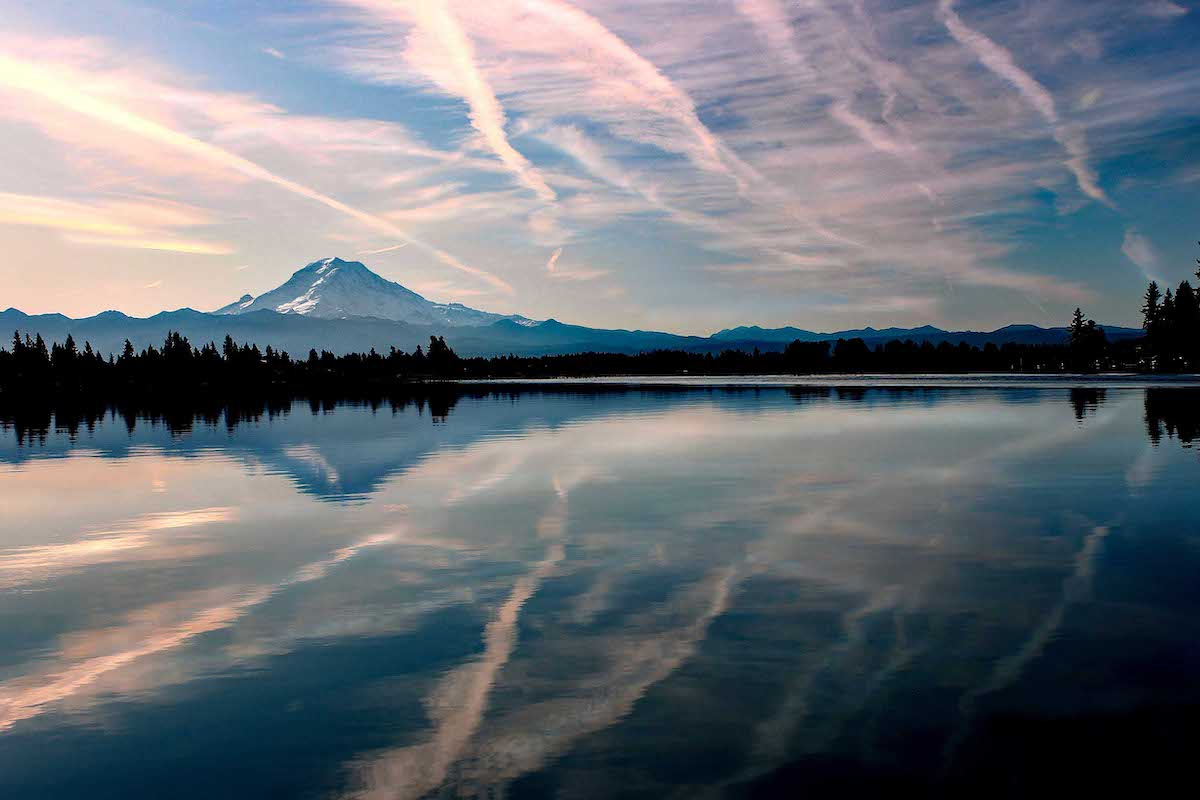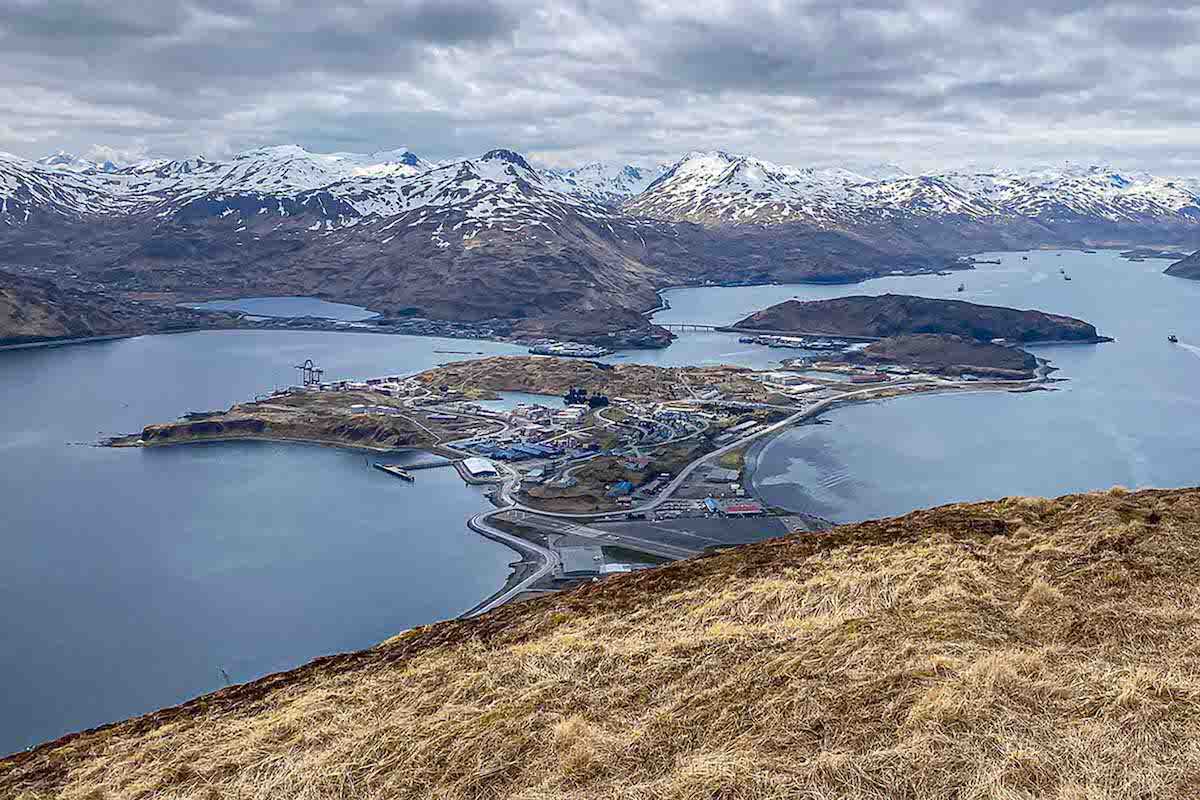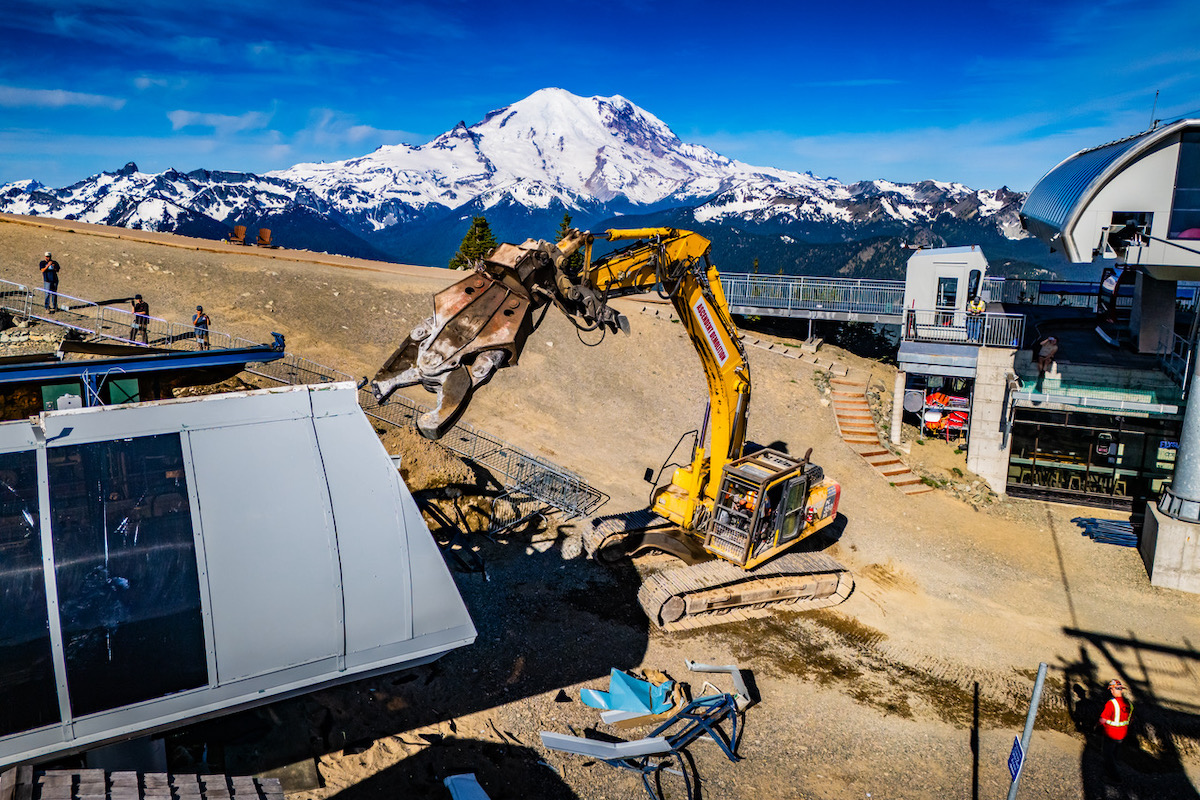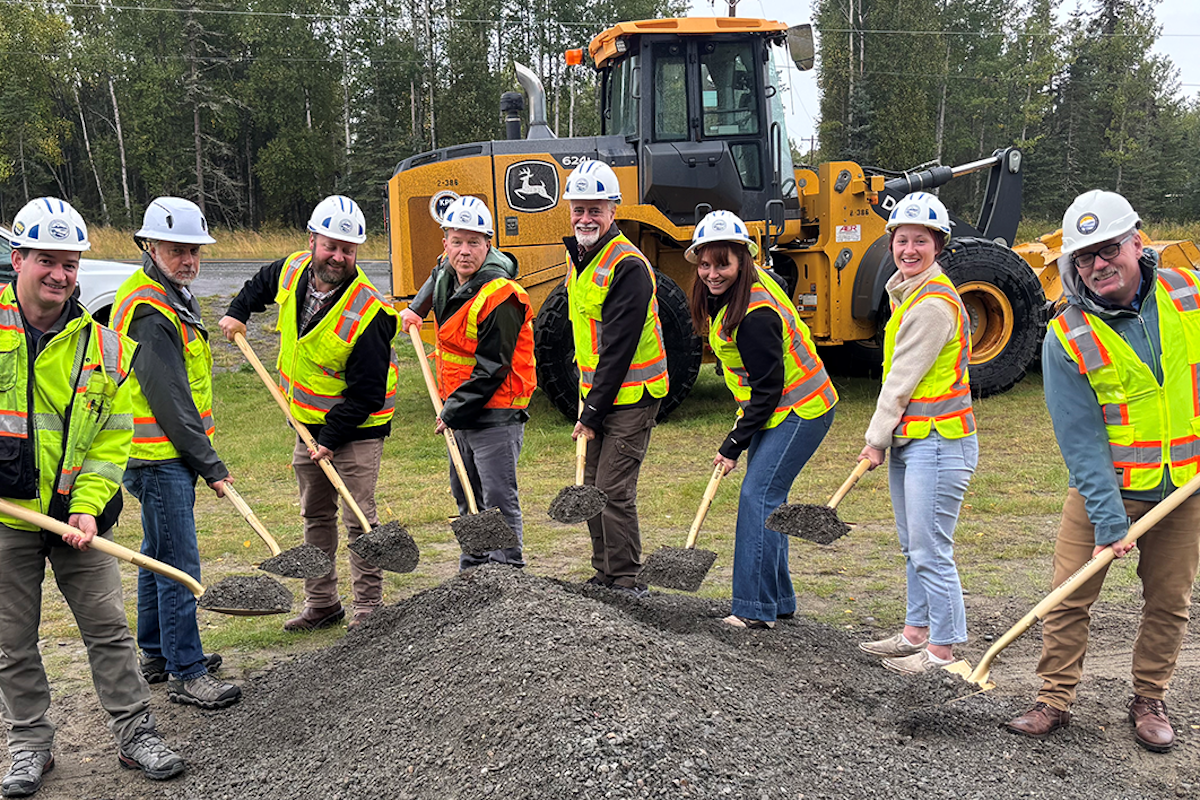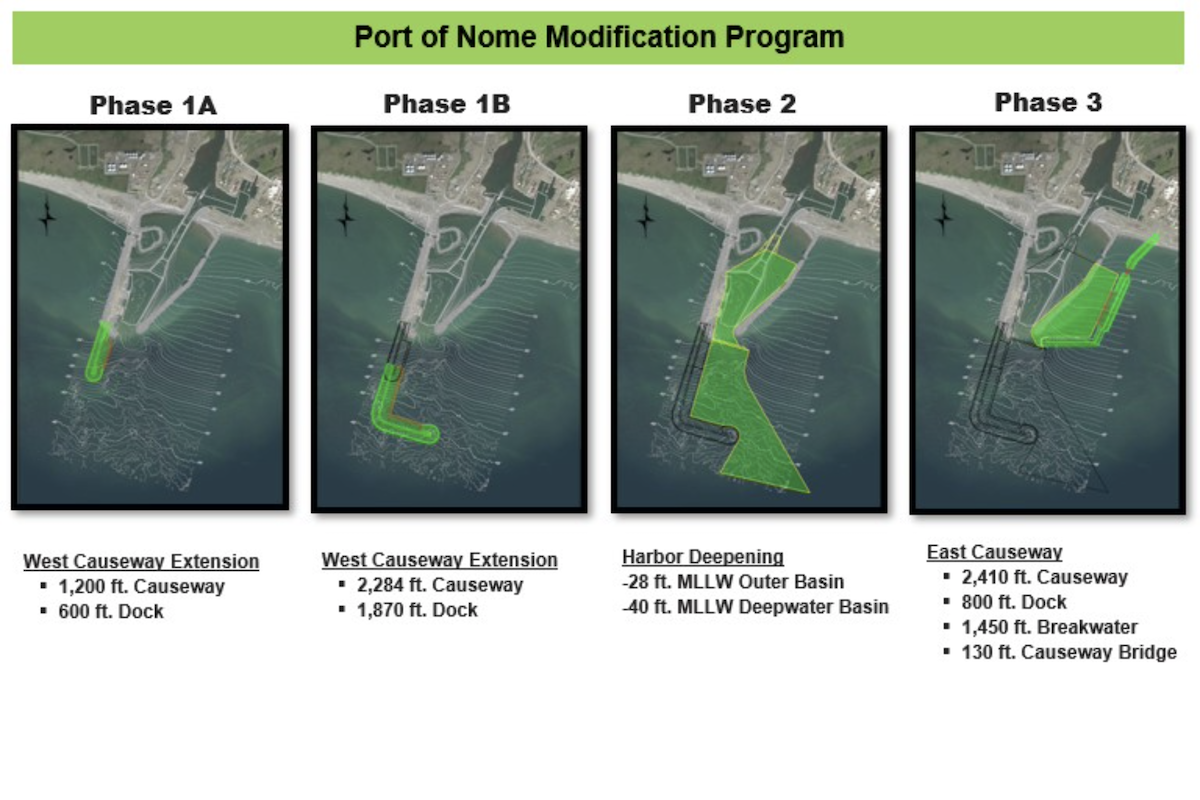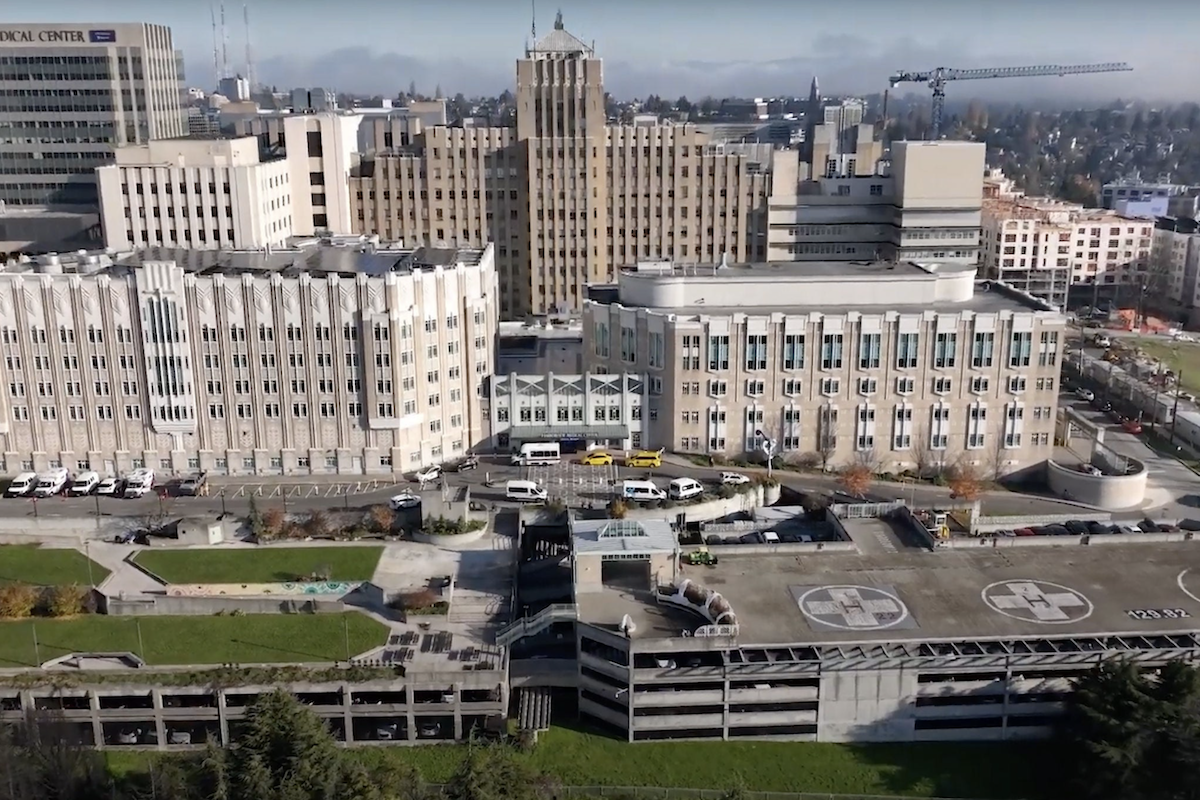HELENA, MT — The Montana Section of the American Society of Civil Engineers (ASCE) releases the 2024 Report Card for Montana’s Infrastructure, assigning 14 categories of infrastructure a cumulative grade of C-, which is on par with the national average from the 2021 Report Card for America’s Infrastructure. This is a one-notch decrease from the C grade Montana received in its last report in 2018, citing increasingly severe weather events putting strain on aging and underfunded assets, and one of the fastest growing populations requiring expansions of transportation, water, and energy infrastructure.
The report includes the first-ever chapter on Montana’s broadband infrastructure, assigning an I grade for "incomplete" due to a lack of sufficient condition data. However, the chapter does note that 71 percent of Montana residents have access to adequate broadband service, and the Infrastructure Investment and Jobs Act (IIJA) provided nearly $630 million to expand this access across the state.
In this year's report card, bridges dropped from a C to a C-, despite a $45 million revenue boost from the IIJA over the bill’s five-year life cycle (2021 to 2026). While significant, available funding continues to be a fraction of existing needs, with annual needs hovering around $400 million while available funds are closer to $60 million. This has led to 35 more bridges labeled with posted load restrictions and 11 new bridge closures each year, which will grow 10 to 20 percent yearly if funding levels remain the same. This slows economic efficiency, forcing heavier trucks carrying goods through the region to take long detours, which ultimately increases the costs of goods.
Roads are also a C-, as 33 percent of urban roads and 20 percent of rural roads were classified as being in poor condition in 2023. Harsh winters exacerbate these challenges, as snow, ice, and freeze-thaw cycles accelerate pavement degradation. Over the next decade, an estimated $16.9 billion will be needed for road maintenance and improvements, yet projected revenue stands at just $6.5 billion.
Energy (C-) is another chapter whose grade dropped one-notch from Montana’s 2018 report due to an aging grid that lacks the modern equipment necessary to support renewable energy integration and surging power demands. Additionally, Montana ranks fourth in the nation for per capita energy consumption due to its energy-intensive industries (such as mining, agriculture), long travel distances, and harsh winters. However, Montana is a major player in the regional energy market, exporting 40 percent of its electricity to neighboring states.

| Your local Gomaco dealer |
|---|
| American Construction Supply |
| Tri-State Truck & Equipment Inc |
The drinking water grade improved to a C, up from C-, as many water treatment facilities have been granted extensive upgrades in the last 10 to 15 years to remove harmful substances from the supply and to reduce lead service lines. Only 23 of the state’s 2,270 water systems are at risk of enforcement, meaning the majority meet federal drinking water regulations and are in good standing. However, the Environmental Protection Agency reports the state will need $2.3 billion in funding for improvements, particularly water storage and aging pipelines.
Dams received a C- in the report, as the number of high hazard potential dams — those which could lead to significant human or financial loss if they were to fail — has risen to 119 due to population growth, with new residents spreading out to areas that were previously unoccupied or had few residents, which means that dams that served those areas are now qualified as high hazard potential. Only 21 of the 119 high hazard potential dams are in poor condition, and risk reduction measures are in place.













